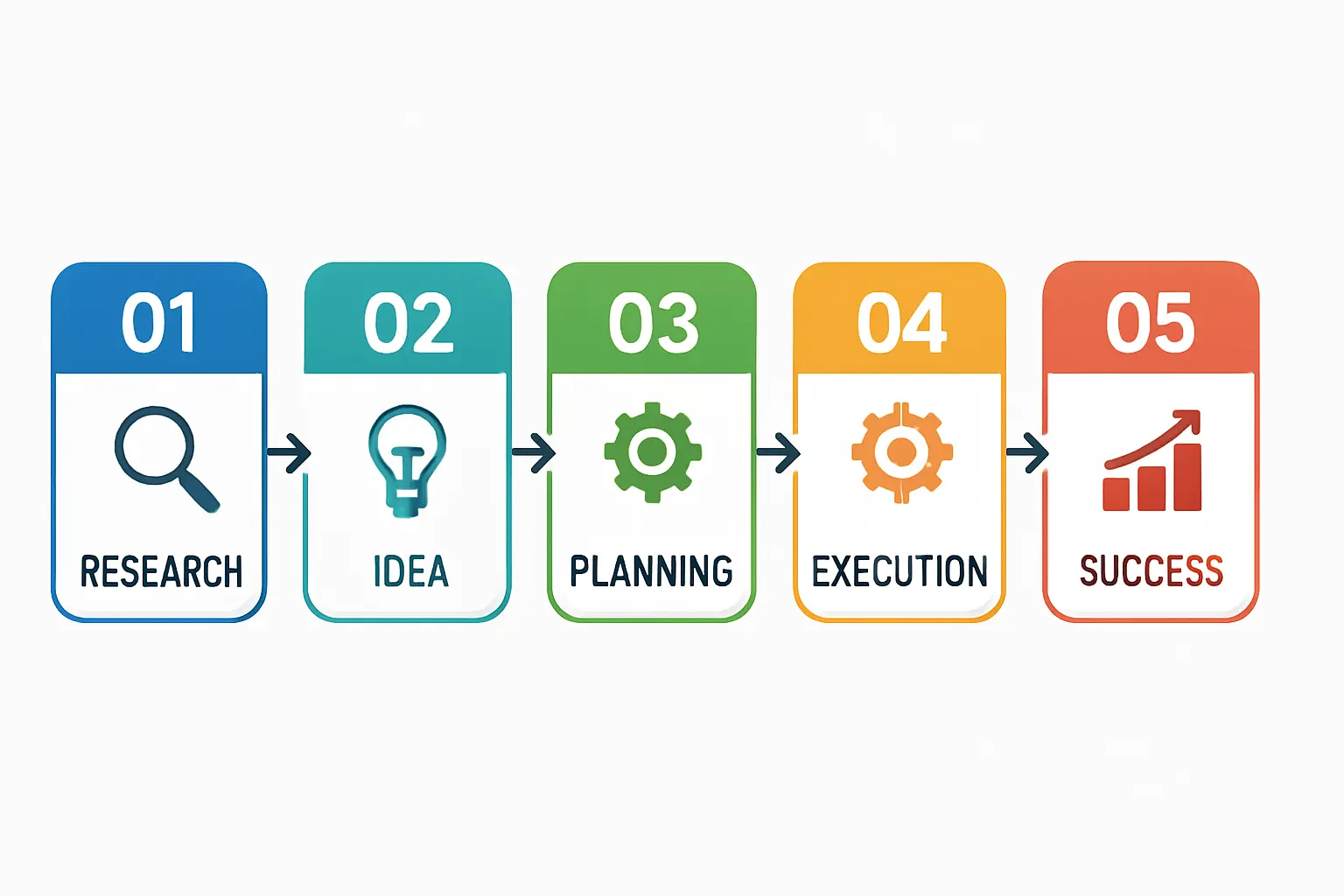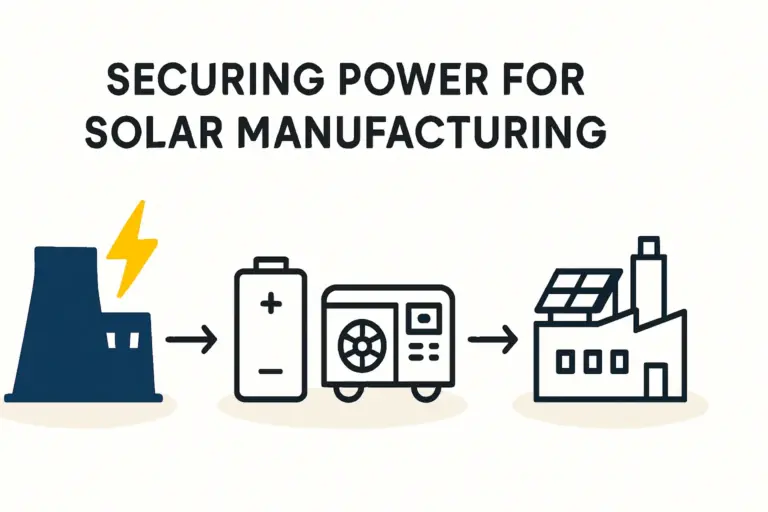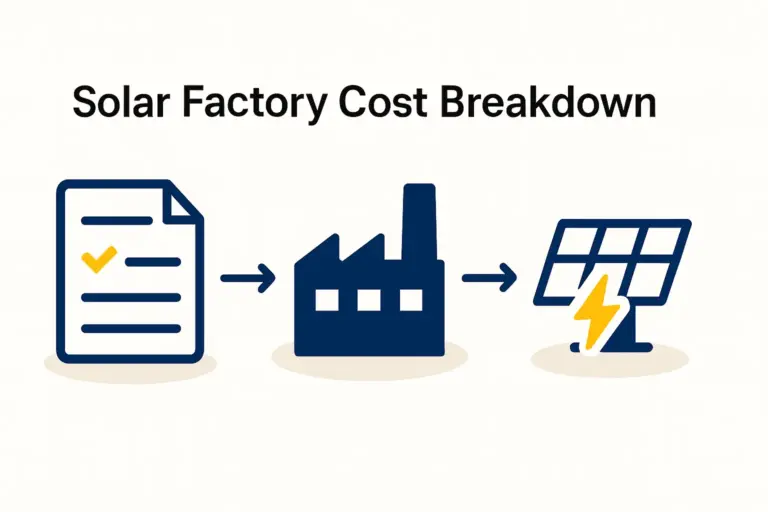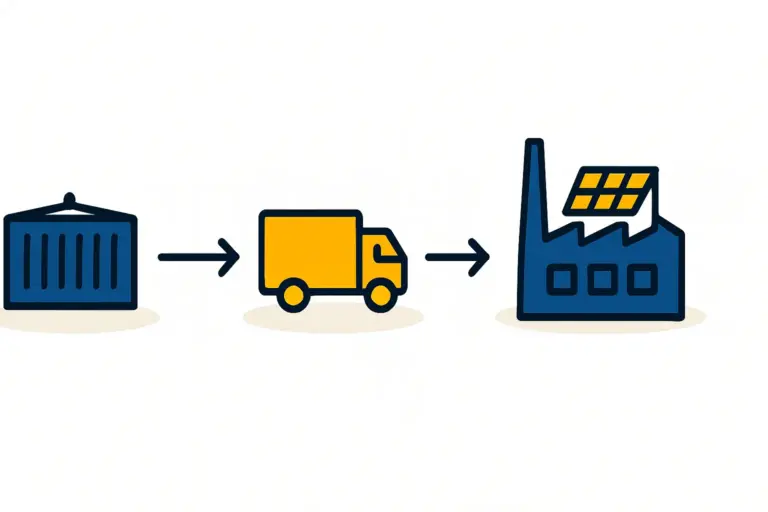For entrepreneurs exploring the solar industry, market data usually points to large-scale utility projects and high-wattage modules. However, one of the most significant opportunities in a market like Uganda lies not in following global trends but in addressing specific, unmet local needs. With only 43% of the population having electricity access and rural connectivity below 20%, the country’s true demand is for reliable, purpose-built energy solutions that can power homes and drive agricultural productivity.
This presents a strategic opening for local manufacturing. Instead of competing on the mass production of standard modules, a new enterprise can build a powerful market position by designing and producing solar panels specifically tailored for Ugandan households and farms. This approach directly counters the widespread issue of low-quality imports, building a trusted local brand from the ground up.
The Market Opportunity: Beyond Standard Specifications
The Ugandan government has signaled its support for solar energy by removing the Value Added Tax (VAT) on solar products, creating a favorable investment climate. The country also benefits from excellent solar irradiation, averaging 5.1 kWh/m²/day, making solar a technically sound solution.
However, the primary challenge for consumers has been the proliferation of low-quality, ‘grey market’ products that fail prematurely and erode trust in solar technology. A solar module manufacturer can turn this challenge into a core business advantage. By establishing a local factory, a manufacturer can guarantee quality and, more importantly, design modules for the two most critical off-grid applications:
-
Solar Home Systems (SHS): Providing lighting, phone charging, and power for small appliances in rural households.
-
Solar Water Pumping: Boosting agricultural output by enabling reliable irrigation for crops and livestock.
The initial investment for a solar factory is significant, but a focus on these niche applications creates a defensible market position that is less vulnerable to competition from large-scale international producers.
Designing for the Ugandan Household: The Solar Home System Module
A typical rural household in Uganda does not require a large 550W panel designed for a grid-tied system. Its needs are more modest: powering a few lights, charging mobile phones, and perhaps running a small radio or television. A module designed for this purpose must prioritize affordability, durability, and compatibility with small-scale battery systems.
Key Design Considerations for SHS Modules
-
Optimal Power Output: Instead of high wattage, the focus should be on practical sizes like 30W, 50W, 100W, and 150W. These are sufficient for typical off-grid needs and are more affordable for the end-user.
-
Voltage for Battery Charging: The module’s electrical characteristics—specifically its voltage at maximum power (Vmp)—should be optimized for charging the 12V or 24V battery systems that are standard in off-grid solutions. A standard grid-tied module often has a Vmp that is inefficient for this purpose.
-
Durability and Portability: Modules must be built to withstand transport over rough rural roads. This requires a robust aluminum frame (e.g., 30-35 mm) and a durable backsheet or rear glass to protect the solar cells. Their smaller form factor also makes them easier to transport and install without specialized equipment.
-
Quality Components: Using high-quality junction boxes with reliable bypass diodes is critical. This ensures the panel can handle partial shading from a nearby tree without significant power loss or damage—a common scenario in residential settings.

Powering Productivity: The Agricultural Solar Water Pump Module
Agriculture employs nearly 70% of Uganda’s workforce but accounts for just 24% of its GDP—a disparity that points to a significant productivity gap. Reliable access to water for irrigation is one of the most effective ways to close this gap, increase crop yields, and improve economic stability. Solar water pumps offer an ideal solution, but they require a properly designed solar module to function efficiently.
Key Design Considerations for Water Pumping Modules
-
Matching Pump Specifications: Unlike a battery-based system, many solar pumps are designed to run directly from the solar panel during the day. This means the module’s voltage and current output must be carefully matched to the pump motor’s requirements to ensure it starts reliably and operates efficiently, especially in the morning and afternoon when sunlight is less intense.
-
Environmental Resistance: Agricultural environments are harsh. The module must be designed to resist physical impacts, high dust levels, and humidity. Using a thicker front glass (e.g., 3.2 mm tempered) and a reinforced frame provides this essential protection. Based on project experience from J.v.G. Technology GmbH, a well-sealed junction box with an IP67 or IP68 rating is essential to prevent moisture and dust ingress.
-
High-Temperature Performance: In Uganda’s climate, solar modules operate at high temperatures, which can reduce their efficiency. Using high-quality monocrystalline cells, which generally have a better temperature coefficient, ensures the module delivers more consistent power throughout the hottest parts of the day.
A well-configured solar panel production line can be calibrated to produce modules with these specific electrical and mechanical properties, creating a product far superior to a generic, imported alternative.

Frequently Asked Questions (FAQ)
What solar panel sizes are needed for off-grid use in Uganda?
For solar home systems, modules ranging from 50W to 150W are most common. For solar water pumping, modules are typically larger, often in the 250W to 400W range, and are connected in an array to meet the pump’s power requirements.
Is a purpose-built solar module really better than an imported one?
A purpose-built module is electrically and mechanically optimized for its specific application. This means a 100W module designed for a 12V SHS in Uganda will charge a battery more efficiently and withstand local conditions better than a generic 100W module designed for a different market.
Is it cheaper to manufacture solar panels locally in Uganda?
While imported modules may seem cheaper upfront, they often come with additional costs from shipping, import duties, and a lack of quality control. Local manufacturing allows for the production of modules tailored to market needs, reduces supply chain complexities, creates local jobs, and builds a trusted brand that can command a premium for reliability and after-sales support.
How does high solar irradiation affect module design?
High irradiation is excellent for energy production but also leads to higher operating temperatures. Module design must incorporate materials and cell technologies that perform well under these conditions to minimize power loss from heat.

The Path from Opportunity to Operation
The energy deficit in Uganda is not just a challenge; it is a clear and compelling business opportunity for entrepreneurs with the right strategy. By focusing on designing and manufacturing solar modules that meet the real-world needs of households and farmers, a local enterprise can build a sustainable, impactful, and profitable business.
For entrepreneurs ready to explore this path, the next step involves understanding the technical and financial requirements for establishing a production facility. A carefully planned approach ensures that the final product not only meets market demands but also establishes a new standard for quality and reliability in the region.






